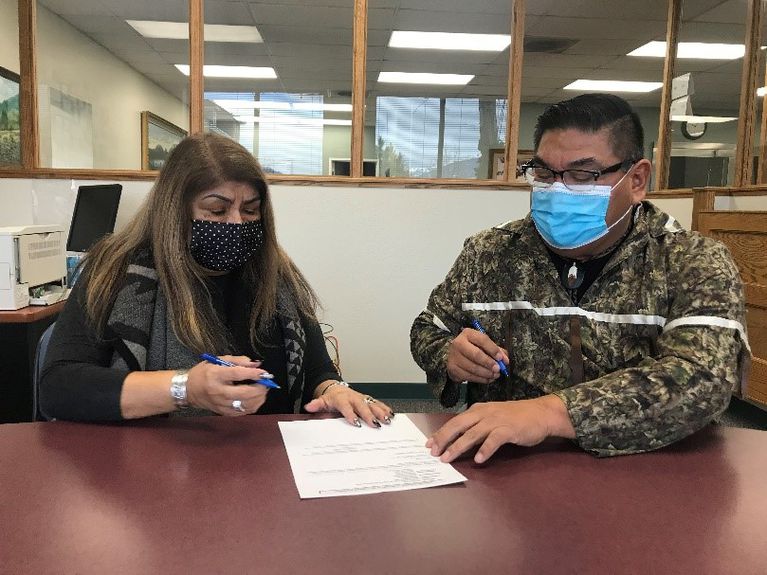
Nez Perce Tribe Reclaims Nearly 150 Acres Of Ancestral Land In Northeastern Oregon
READ ON
The Nez Perce Tribe is reclaiming an ancestral village site in the Eastern Oregon town of Joseph more than a century after being pushed out the area.
This month, the tribe purchased 148 acres of an area known as “the place of boulders,” or Am’sáaxpa.
Chief Joseph held council on the ridge above, before a sweeping view of the Wallowa Mountains. Hundreds of tribal members would camp there at the peak of the fishing season and catch sockeye salmon along the Wallowa River.
“There’s a lot of excitement buzzing around,” Nez Perce Tribal Executive Committee Chairman Shannon Wheeler said. “We feel fortunate to be at this juncture in time to be able to say that we are on our way home. We feel the landscape misses us, and we miss the landscape.”
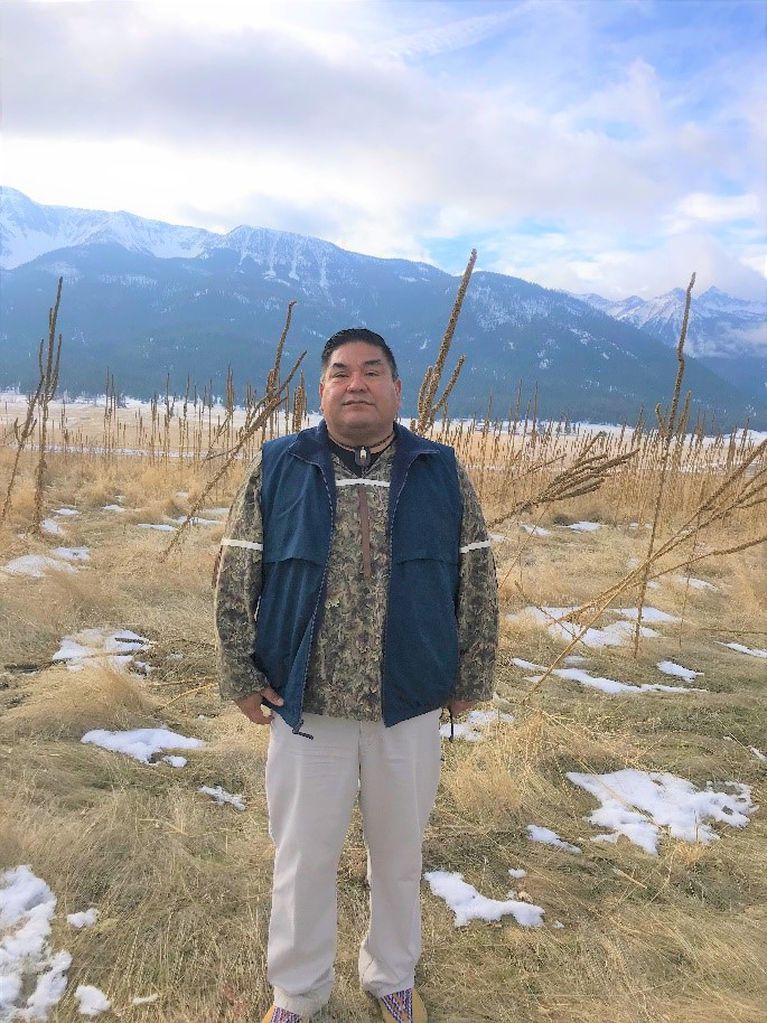
Nez Perce Tribal Executive Committee Chairman Shannon Wheeler stands on the tribe’s newly purchased property near the Wallowa Mountains in Joseph. Courtesy of the Nez Perce Tribe
The land was part of an 1855 treaty that granted the tribe millions of acres and the right to fish and hunt on lands ceded to the U.S. government.
But then the U.S. Army forced the Nez Perce to leave the area in 1877, in violation of that treaty.
Nakia Williamson-Cloud, cultural resource program director for the Nez Perce Tribe, said many history books are wrong in saying tribal members never returned to the area after the Nez Perce War.
“The narrative is that the Nez Perce never went back there. That is not the case,” he said. “After that, our people would continue to go back there to hunt and fish under persecution. It was privatized by non-Indian homesteaders.”
Those who returned were often harassed or cited for trespassing, Williamson-Cloud said, even though the 1855 treaty guaranteed their right to hunt and fish there.
“It’s been a long struggle for our people to maintain that connection, but they did,” he said. “Having that back and forth relationship with the land is what defines who we are. … It’s not just some place our people visited. The very ground we walk on is made up of our ancestors. That’s how deep our connection is.”
The purchase consists of farmland previously known as the Hayes property, located behind the Joseph Rodeo Grounds. It includes Wallowa River frontage and some water rights.
The land has changed dramatically since the Nez Perce left the area in the 1800s. Now, there’s a dam blocking sockeye from swimming up to Wallowa Lake, so the fishery that was once the tribe’s main attraction to that site isn’t possible.
Williamson-Cloud said the tribe is hoping to reintroduce sockeye to the area and create fish passage into the lake.
“Our culture and way of life is tied to the land, and the land has been utterly transformed and changed,” he said. “We’ve had to try to adapt to those changes as best we can.”
Buying the land back demonstrates the tribe’s resilience, Williamson-Cloud said, and it has much deeper meaning for the tribal community than simply having legal title.
“These places are defining characteristics of our people because our people’s lives, culture and spirituality are tied to these places,” he said. “When we’re disassociated from these places it affects our well-being as people.”
Wheeler said the tribe may use the land for tribal operations as well as traditional harvests.
“First and foremost is the healing that will take place for the Nez Perce people,” he said. “We speak to the land. We try to listen and understand what the land is saying. That’s what come first. We have promises that we’ve made to the land and we look to uphold those.”
Copyright 2020 Oregon Public Broadcasting. To see more, visit opb.org
Related Stories:
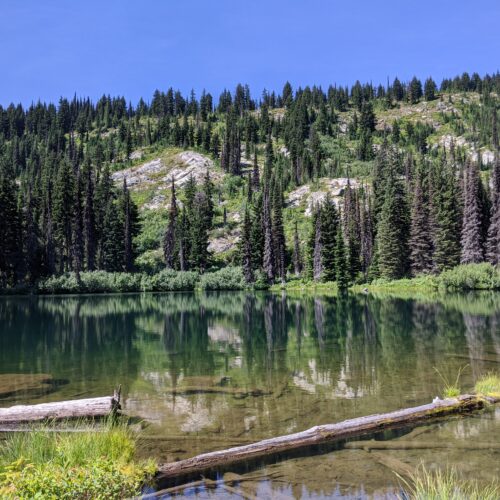
More than $30 million in restoration projects taking place in North-Central Idaho
This photo from August 2020 features Rocky Ridge Lake, a popular hiking and camping site in the Nez Perce-Clearwater National Forests. (Credit: Lauren Paterson / NWPB) Watch Listen (Runtime 1:03)
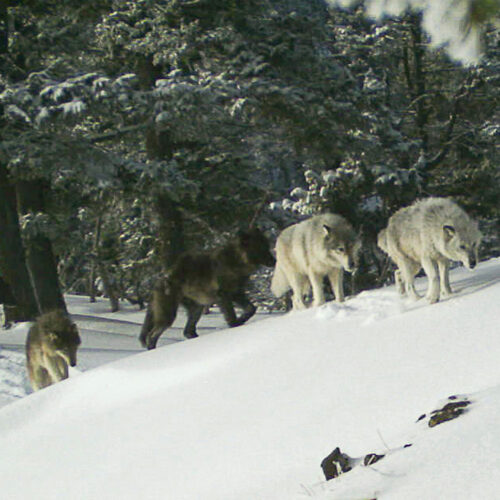
Nez Perce Tribe honors the wolf
In this Feb. 1, 2017, file image provided the Oregon Department of Fish and Wildlife, a wolf pack is captured by a remote camera in Hells Canyon National Recreation Area
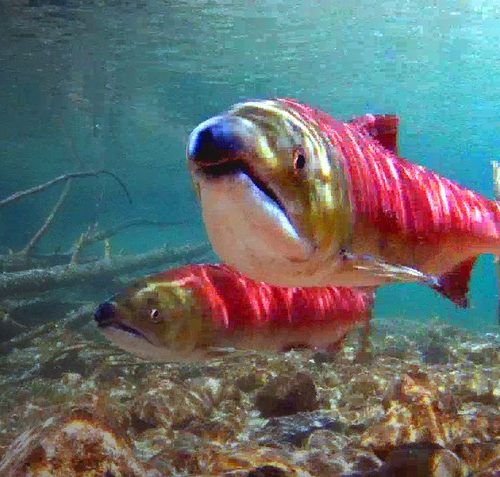
Tribal members gather to demand U.S. Government fulfill treaty obligations
Sockeye salmon like these are among the salmon species in peril. (Credit: Aaron Kunz) Listen (Runtime 2:57) Read For Northwest tribes, removing the four lower Snake River dams means more















